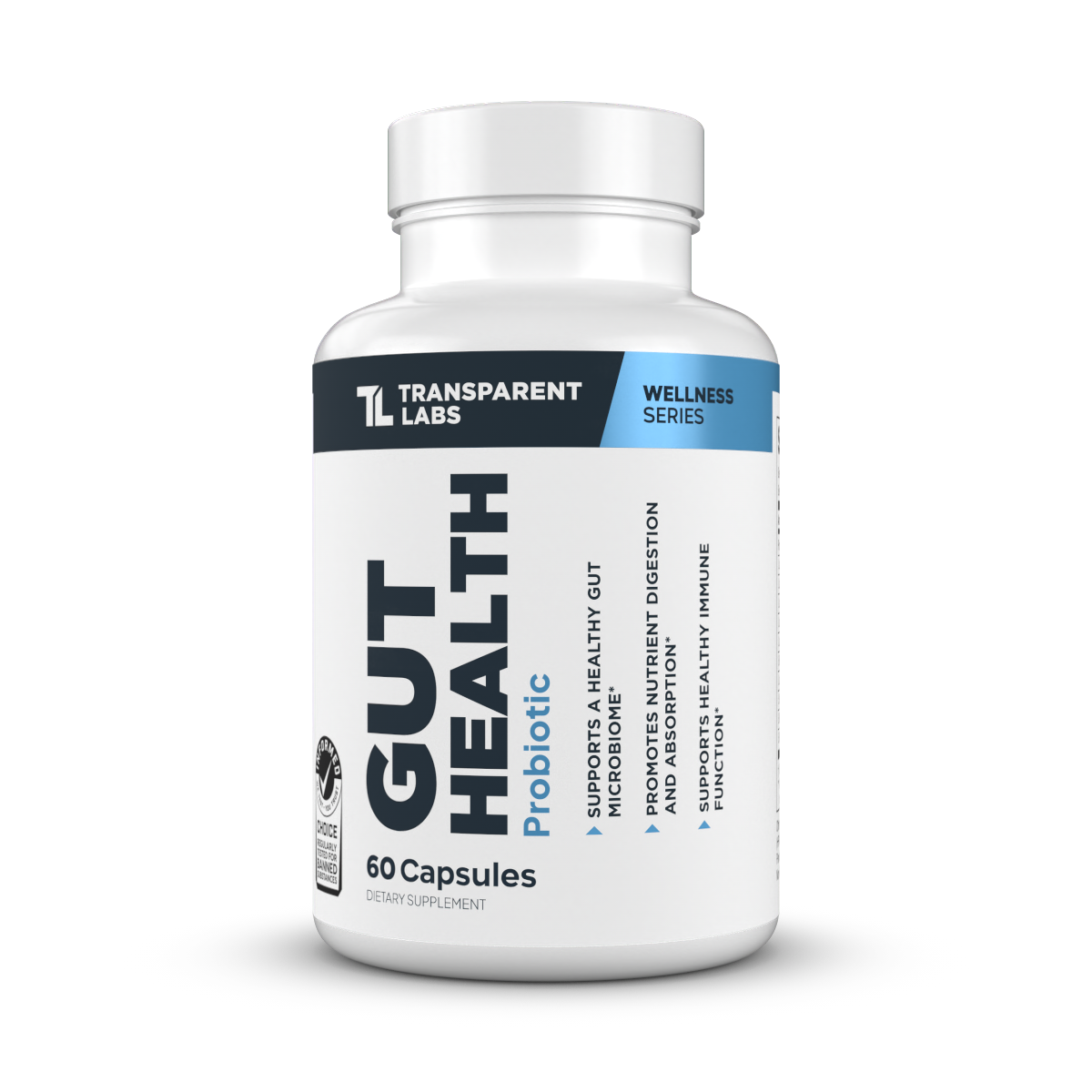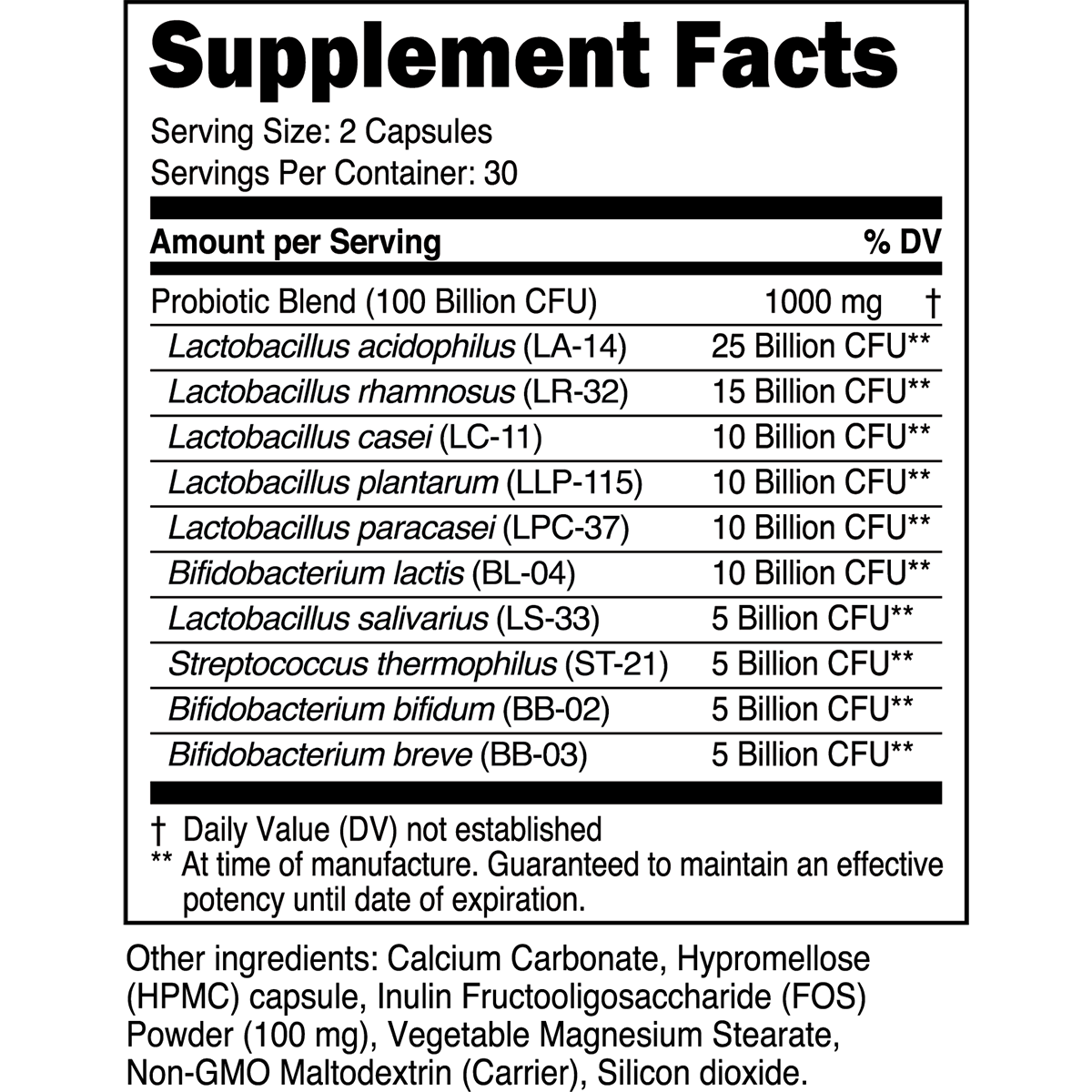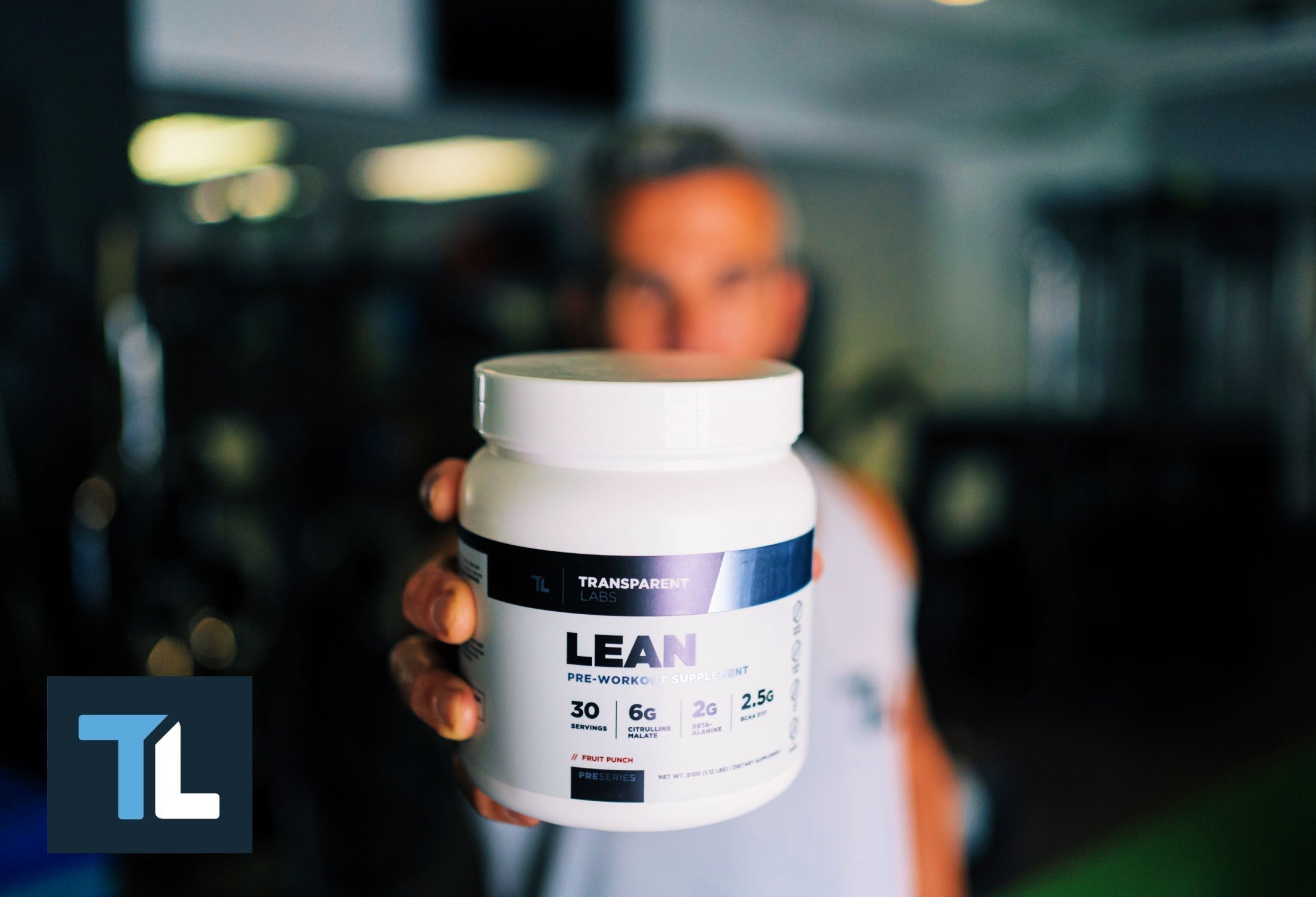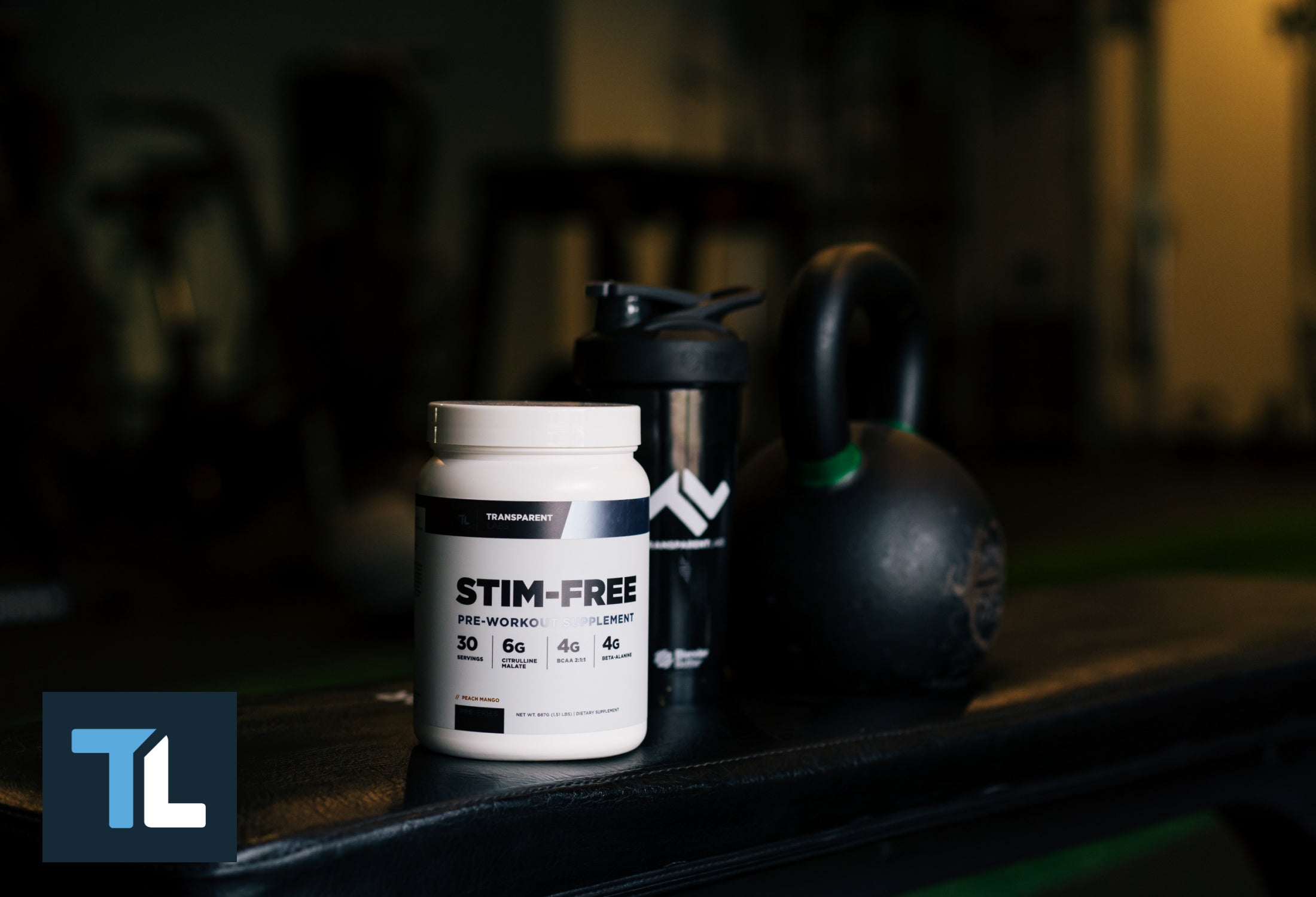Food Intolerances and Food Allergies: Myths vs. Facts
Gluten-free, dairy-free, peanut-free, and soy-free seem to be an emphasis of food products as of late. Hypoallergenic claims catch the eyes of many consumers, even those who don't have a food allergy.
Many people mistake food intolerances as being synonymous with food allergies. Both food allergies and food intolerances share a handful of similarities, but there are finer points that need to be clarified about these terms and their prevalence.
Read on as this article takes a deeper look at the difference between food allergies and food intolerances, with a focus on celiac disease and gluten intolerance, as well as how to address these issues appropriately.
Food Allergy vs. Food Intolerance: What's the Difference?
It's not uncommon for people to use the terms food allergy and food intolerance interchangeably, despite them being distinct. A food allergy is a much more serious concern than being intolerant or insensitive to a food or ingredient.
A food intolerance, such as lactose intolerance and gluten intolerance, is usually nowhere near as deleterious as a food allergy. Food intolerance arises when the body doesn't produce enough of the digestive enzyme(s) necessary to completely break down a certain nutrient in food.
A food allergy, on the other hand, is when the body triggers an autoimmune response (i.e. the immune system attacks healthy cells) after consuming a food with the offending allergen (e.g. gluten, soy, and profillin). As such, food allergies must be treated with extreme caution since they can be fatal in some cases.
Food allergies are typically caused by (epi)genetics/heredity and are rarer than food intolerances. For example, gluten — a family of proteins commonly found in whole grains like wheat, barley, and rye — is hard for the body to break down since humans lack the necessary enzymes to assimilate it fully, but very few people have celiac disease or a wheat allergy.
People with celiac disease — a serious autoimmune condition — or a wheat allergy will experience severe reactions after consuming gluten. In these individuals, the small undigested fragments of gluten can rapidly damage the lining of the small intestine, leading to gastrointestinal complications. Hence, acute consumption of gluten/wheat may warrant a trip to the hospital.

What Are the Most Common Food Allergies?
Seafood allergy is currently the most common of all food allergies, followed closely by peanut, soy, milk (dairy), tree nuts, egg, and wheat. The obvious workaround for a food allergy is to simply avoid all foods that contain the offending allergen.
Hence, a gluten-free diet remains the best "treatment" for celiac disease. Granted, this can make eating out quite stressful for people with a wheat/gluten allergy.
If you have a food allergy or celiac disease, cross-contamination is the major concern when dining out. Restaurants may not always do the best job of using cleaning surfaces or cookware between prep, leading to trace amounts of allergens sneaking their way into the final dish. The same can happen at home when cooking meals for multiple people, some of whom have a food allergy and some whom don't.
Fortunately, most restaurants have taken proactive measures to ensure that hypoallergenic dishes are available for patrons with food allergies, especially gluten-free options.
Symptoms of Gluten Intolerance and Non-Celiac Gluten Sensitivity
Symptoms of an allergic reaction to wheat/gluten may include:
-
Rapid swelling of the face, lips, tongue, or other parts of the body
-
Dizziness or fainting
-
Itchy skin, hives, or eczema
-
Tingling sensation in the mouth
-
Pain in the digestive tract
-
Difficulty swallowing and breathing
-
Sinus congestion
Symptoms of gluten intolerance are comparatively mild and include:
-
Transient abdominal pain/discomfort
-
Bloating and flatulence
-
More frequent bowel movements
Most food allergies and intolerances exhibit similar symptoms as those outlined above.
Treating the Symptoms of Food Intolerances
A food intolerance can be quite unpleasant if left uncontrolled. The good news is that a food intolerance is more tractable than a food allergy. (When you have a food allergy, all you can really do is avoid that food.)
For example, certain probiotic strains are capable of producing lactase, the enzyme responsible for digesting lactose. The majority of humans lose their inntate capacity to digest lactose as part of the aging process, so lactose intolerance is very common [1].
But that doesn't mean you need to eliminate dairy altogether. Research has shown that taking a probiotic with lactase-producing bacteria can mitigate the symptoms of lactose intolerance after consuming dairy [2].
There are also promising applications for probiotics in treating the symptoms of gluten intolerance and managing celiac disease [3]. Certain microbes produce endopeptidases that are capable of efficiently degrading gluten epitopes, thus relieving gluten sensitivity symptoms [4].
Lastly, supplementing with digestive enzymes can alleviate symptoms of food intolerance by helping the body fully assimilate tough-to-digest nutrients like gluten, cellulose, and phytates [5].

Prevalence of Food Allergy vs. Food Intolerance
Researchers estimate that 1 in every 10 people in the United States has a food allergy of any kind [6]. Curiously, the number of people that think they have a food allergy is much higher. (There seems to be a phenomenon of hypochondria when it comes to food allergies and food intolerances.)
But what about gluten intolerance, non-celiac gluten sensitivity, and celiac disease? The numbers may surprise you...
Gluten Intolerance vs. Celiac Disease
Given the recent boom in gluten-free diet/food products, celiac disease is presumably common. Yet, statistics suggest otherwise: Just one in every 143 people has celiac disease, and most of them are children [7]. Research also indicates that the prevalence of non-celiac gluten sensitivity is limited to roughly one out of every 200 people in the U.S. [8]
But not so fast: considerably more adults are facing celiac disease and gluten intolerance as the food supply continues to rely on wheat-based grains [9]. Eating gluten over the lifespan can ostensibly reduce the immunological tolerance to gluten proteins.
Determining the true prevalence of gluten intolerance and non-celiac gluten sensitivity is a bit trickier than tracking celiac disease since the former two often go undiagnosed and the symptoms are largely subjective (e.g. "my stomach 'feels' heavy after eating dairy"). Case in point, passing gas — whether farting or burping — after a meal is not necessarily an indicator of food/gluten intolerance. In most cases, it's a completely normal and healthy part of the digestive process [10].
Regardless, people with gluten intolerance tend to self-diagnose and switch to a gluten-free diet without further testing.
How to Determine if You Have a Food Allergy or Food Intolerance
The best way to identify a food allergy is to consult with a doctor or nutritionist that can order appropriate blood work and have genetic testing done. Another effective method is an oral food allergy challenge, whereby you eat various foods that may or may not give rise to an allergic reaction (this is usually done under the supervision of a doctor).
For testing food intolerances, an elimination diet is a practical diagnostic measure. An elimination diet entails systematically removing certain foods from your diet (such as dairy if you fear lactose is an issue) and assessing how you respond over the course of a few months. It’s important to consider that an elimination diet should last at least one to two months as symptoms can take time to abate.
For example, if you remove all dairy from your diet for two months and find that your intolerance symptoms (e.g. bloating, flatulence, and diarrhea) disappear, then chances are you’re indeed lactose intolerant. A gluten-free diet is, indeed, a specific type of elimination diet that can relieve the symptoms of gluten intolerance and control celiac disease.
Should You Switch to a Gluten-Free Diet?
If you've been religiously eating gluten-containing foods and switching to a gluten-free diet relieves your symptoms, odds are you have gluten intolerance/non-celiac gluten sensitivity. Note that it's highly unlikely you have an undiagnosed wheat allergy or celiac disease if you've never had a severe reaction after consuming gluten.
In fact, it's statistically improbable to have a food allergy of any kind, and the three most common food allergens are seafood, peanuts, and dairy milk (wheat allergy and celiac disease fall a way down the list) [11].
Gluten intolerance, however, is fairly prevalent due to the enzymatic deficiencies discussed earlier. While being "gluten intolerant" is not as severe as celiac disease, it can lead to symptoms like abdominal pain and irritable bowel syndrome (IBS) when eating gluten-containing foods (e.g. wheat, barley, and rye).
When in doubt, try an elimination diet to be sure you’re eating the foods that your body can properly digest. It may also help to supplement with a well-rounded probiotic, such as Transparent Labs Gut Health.





